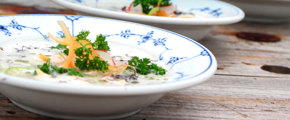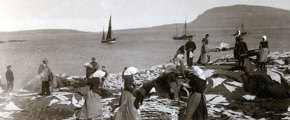The pristine waters of the North Atlantic
The waters around the Faroe Islands are amongst the cleanest on the planet. They are rich in nutrients and have a stable temperature – everything required for life under the sea to thrive and flourish.
The powerful ocean currents surge and roll their way around continents, in between islands and through sounds and bays like arteries bringing with them plankton, algae, krill and other organic materials that sustain marine life.
This complex marine dance might seem chaotic, but it all comes together and sustains a dynamic marine ecosystem.
In the heart of the Northeast Atlantic
The Faroe Islands are located at 62°N and 7°W on a mid-ocean ridge that extends from Greenland, past Iceland and south to Scotland.
The Faroe Islands are in the heart of the Northeast Atlantic, where the warm Gulf stream and the cold polar waters meet. These ocean currents merge to the north of the islands and have a large impact on their marine ecosystem and climate.
Cold currents flow to the Faroe Islands from the Arctic to the north and warmer waters come with the Gulf stream from the Gulf of Mexico to the southwest. When these currents merge, they create oceanic water circulations, a phenomena known as a Thermohaline Pump.
The temperature (thermo) and salt content (haline) of the surface water determines its density. The cold waters of the Arctic areas are dense and have a high level of salt. The warmer waters of the Gulf stream are lighter and come in a strong tide to the Faroe Islands.
The density makes the cold currents sink to the depths north of the ridge around the Faroe Islands, acting like a pump which pushes cold dense water southwards across the ridge at depth, sucking warm light water northwards in the upper layers – circulating nutrients and creating an even heat.
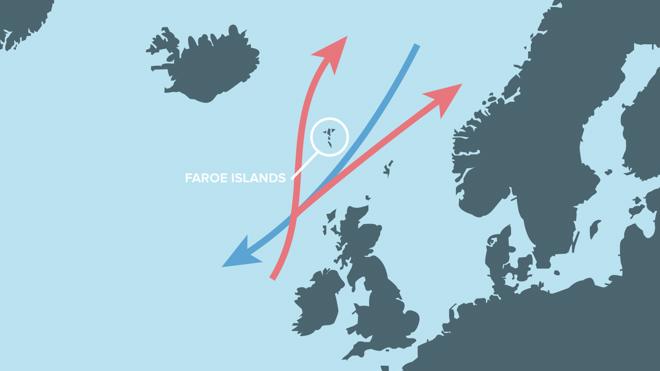
The cleanest ocean
The powerful currents around the Faroe Islands create dynamic and highly productive ecosystems - a marine environment that is unlike any other.
With open waters on all sides, there is nothing to deter or slow down these currents. The steady stream of strong ocean currents that flow across the ridges and banks prevent the accumulation of pollutants, making the waters around the Faroe Islands one of the cleanest marine environments on the planet – an excellent environment for fish and ocean life to grow and thrive.
The marine environment around the Faroe Islands has a more stable temperature than in most other seas around the world. Faroese waters are also warmer than others at a similar latitude – between 7°C and 11°C. This is the ideal temperature for several species of fish, such as cod, haddock and coalfish and there is a great variety of food for fish to eat, which is why these waters are so rich in marine life.
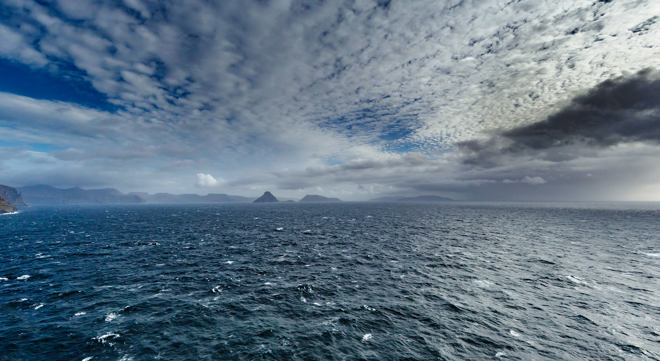
Faroese fjords and inlets – the perfect place for aquaculture
The Faroe Islands are a mountainous group of 18 islands, divided by sounds and indented with inlets, created by icecaps during the ice age.
The rough ocean currents create a steady stream of fresh ocean water and the constant rotation creates perfect conditions for the generation and growth of micro plants and phytoplankton. These are the foundation for just about all living creatures in the ocean.
The narrow sounds and sheltered inlets around the Faroe Islands provide a barrier against the harsh climate of the North Atlantic and are the perfect place for aquaculture, particularly for farmed Atlantic Salmon.
Wild salmon inhabits the waters around the Faroe Islands. They fatten here, before they return to the rivers of Northern Europe. Farmed Faroese salmon is therefore raised in its own natural habitat.
It is a privilege for a chef to work with seafood from the Faroe Islands - such as cod.
You can literally taste and feel the Faroese seas in the fish. The taste is incredibly concentrated and exquisite. And you can taste a hint of shrimp and shellfish, which the cod feeds on and adds flavour to the fish.
The texture of the flesh is almost elastic and it holds well togther, and does not fall apart as easily on the pan as fish from other oceans.
In other oceans temperatures can swing 10 degrees or more. The flesh loosens up and then tightens - back and forth - and thereby the flesh loses its structure.
But when the sea temperature is steady the fish and the flesh does not have to varying temperatures and you get this firm texture.
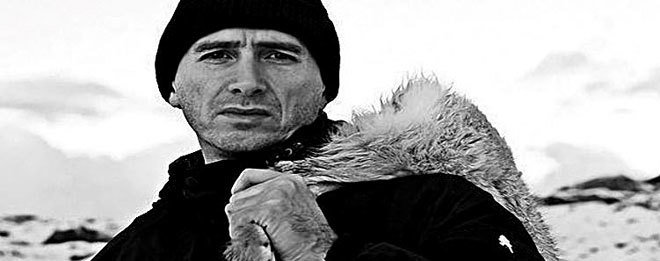
Leif Sørensen. Co-author of the Nordic Kitchen Manifesto.

